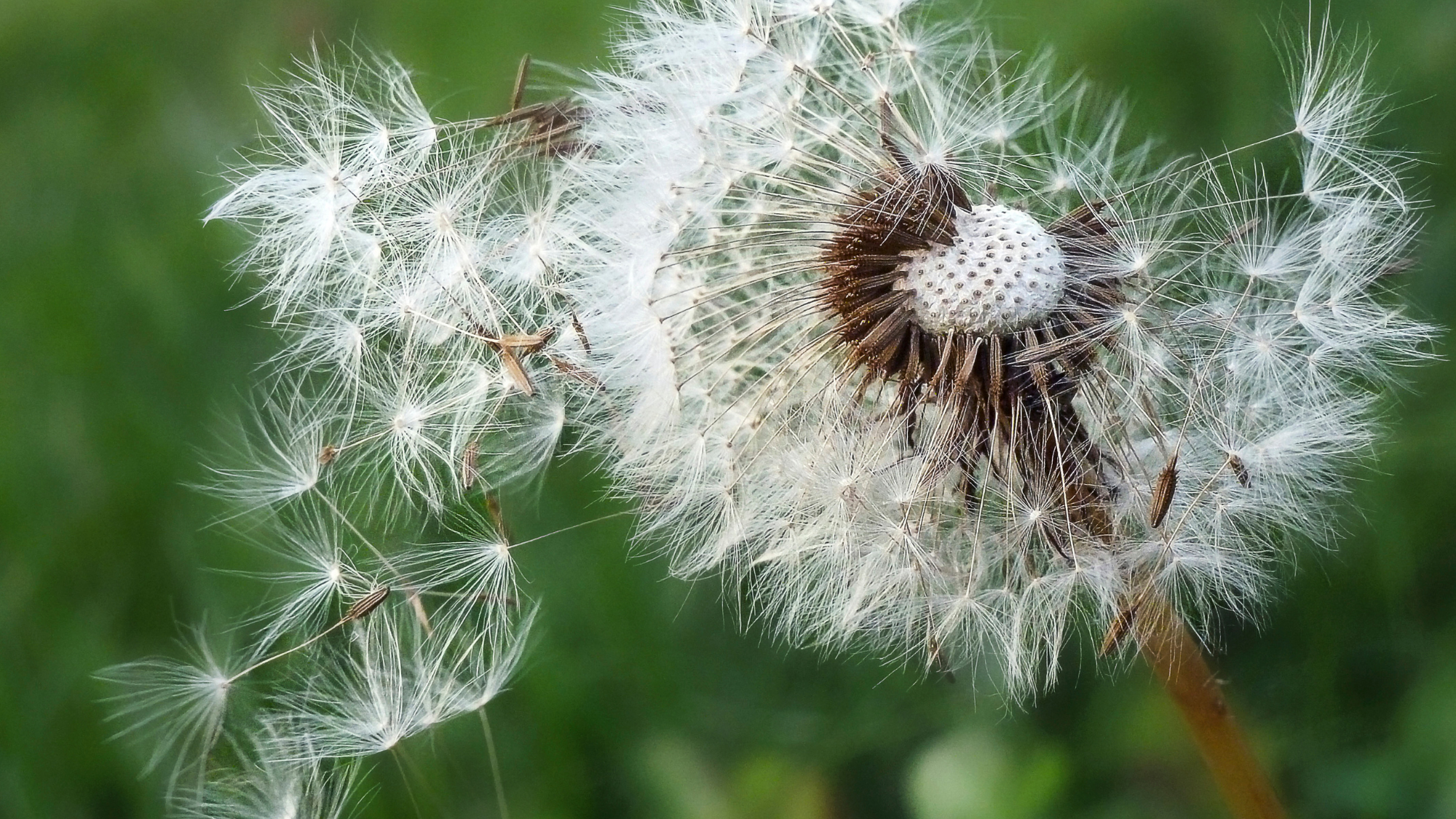When you think of seasonal allergies, you most likely think of pollen. A fine to coarse powdery substance, pollen can trigger symptoms like wheezing, sneezing, congestion, watery eyes, and other cold-like symptoms.1 And for people with other respiratory issues or underlying conditions like asthma or COPD, pollen can exacerbate symptoms and cause an asthma attack, which for some can be fatal. Many people know pollen allergy as hay fever, or seasonal allergic rhinitis.2 Pollen allergies affect nearly one in six Americans.3
To plants, pollen is necessary for the life cycle.4 But for millions of Americans, pollen can make life difficult.5
Allergies occur when the body considers a substance a foreign “invader,” and the immune system overreacts to it, causing what we know as allergy symptoms.
Whatever you call it, pollen may be making you sick. Here are the three types of pollen found across the US that may be contributing to your allergy symptoms.
Pollen Seasons
Every spring, summer, and fall (and even in the winter in certain states), plants and trees release pollen. But the type of pollen they release depends on the season.
This pollen becomes airborne and travels via wind, and can then make their way into the eyes, nose, and lungs. If you have a pollen allergy, this is what causes your allergy symptoms.
Trees: January-May
Tree pollen is the first to appear at the start of the calendar year in the US. Tree pollen is responsible for most of what we call “spring allergies.” It can also occur at the same time as summer pollen allergies, which can heighten symptoms.
While trees in most regions of the US produce pollen beginning in March, some trees in the South may start as early as January, making for a longer allergy season.
Watch out for these trees that cause the harshest allergy symptoms:
- Ash
- Birch
- Cedar
- Elm
- Hickory
- Juniper
- Maple
- Oak
- Pecan
- Willow
Grass: April-June
Grass pollen allergies are more subjective to which region of the US you live in. In the North, grass typically releases pollen in the late spring and early summer. In the South however, grass can release pollen all year long.
While there are many types of grass, only a few actually cause allergy symptoms. Look out for these types of grass:
- Bahia
- Fescue
- Johnson
- Kentucky Blue
- Timothy
Weeds: August-November
Weed pollen allergies typically occur latest in the calendar year in the US. Many people – 15% of Americans – are allergic to ragweed, which releases pollen in the late summer and fall.6 Ragweed grows in 49 states and can travel hundreds of miles by wind, making it especially hard to avoid.
Other weeds can be responsible for pollen allergy symptoms too, like:
- Burning Bush
- Cocklebur
- Lamb’s Quarters
- Mugwort
- Pigweed
- Russian Thistle
- Sagebrush
- Tumbleweed
What is the Solution?
Over the counter allergy medications may offer some relief, but they often have negative side effects, like drowsiness, dizziness, and nausea.
Austin Air Purifiers Offers Effective Relief
One of the best ways to guarantee relief from allergy symptoms is to remove allergens from the air. Austin Air purifiers use a combination of medical-grade Certified HEPA Material and activated carbon to deliver clean air free from allergens quickly. Austin Air cleaners guarantee fast, effective relief without negative side effects.
The unique design increases airflow and filters allergens from the air immediately. The medical-grade Certified HEPA Material and HEGA filtration technology is proven to remove up to 99% of airborne contaminants as small as 0.1 microns.
Plus, you can use your health insurance for your air purifier, by using FSA or HSA.
References:
1 Pollen Allergies (June 2022). Asthma & Allergy Foundation of America. https://aafa.org/allergies/types-of-allergies/pollen-allergy/.
2 Rhinitis, Nasal Allergy, Hayfever (October 2015). Asthma & Allergy Foundation of America. https://aafa.org/allergies/allergy-symptoms/rhinitis-nasal-allergy-hayfever/.
3 Seidman MD, Gurgel RK, Lin SY, et al. Clinical practice guideline: Allergic rhinitis. Otolaryngol Head Neck Surg. 2015 Feb;152(1 Suppl):S1-43. doi: 10.1177/0194599814561600.
4 Pollen. (2022, August 29). National Institute of Environmental Health Sciences. https://www.niehs.nih.gov/health/topics/agents/allergens/pollen.
5 FastStats Allergies and Hay Fever. (2023, February 1) US Centers for Disease Control. https://www.cdc.gov/nchs/fastats/allergies.htm.
6 Ragweed Pollen Allergy (2023, August 25). Asthma & Allergy Foundation of America. https://aafa.org/allergies/types-of-allergies/pollen-allergy/ragweed-pollen/ https://aafa.org/allergies/types-of-allergies/pollen-allergy/ragweed-pollen/



